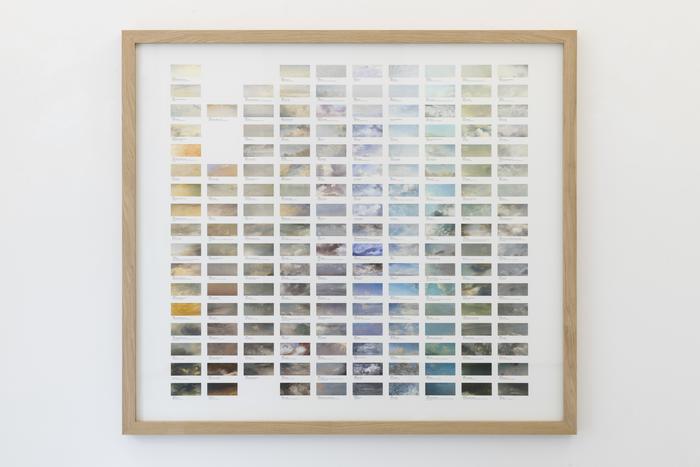R. Caroline Bachmann Racines.
(re)connecting.earth, 2021
Artists calling for interaction with nature in urban spaces.
Three spots in Berlin are hosting an interactive project based on the instructions of 16 artists calling for interaction with nature, all of them known for their projects bridging ecological and urban issues.
(re)connecting.earth opens up the public space for participation through the artists’ invitations posted on the billboards around the streets of Kreuzberg district, delivered at the centenary allotment gardens Habsburg-Gaußstraße in Charlottenburg, and at Kurt-Kurt, an art space working as an urban laboratory in the neighborhood of Moabit.
The exhibition, curated by Bernard Vienat, focuses on the restoration of an affective relationship with non-human life forms and an increasing attention to urban nature. The artists’ instructions are the starting point for workshops, perfomances and walking discussions on urban ecology. This design of the project aims to create sustainable content-related sensitization and networking between the city dwellers, gardeners, scientists and practioners of the arts. A kind of actions similar to those of the Situationist and Fluxus movements of the 1960s, in which artists expanded the concept of the performative and participation.
Opening’s collective action: Unkrautpflege [Weed Care] by Adrian Missika.
On Saturday 12 June everyone on planet earth is invited to go out on the streets and water the weeds following Adrien Missika’s instructions. As a collective action everyone is invited to share a picture or video of them watering weeds on social media under #reconnectingearth, #weedcare and #cuidandolasmalashierbas, to help raise awareness for the usually rather disregarded urban plants.
Regina de Miguel: Mapping a Garden for Vital Reenchantment
Regina de Miguel, who shared with Pilar Soler their conversation for ART data projects, is among the sixteen commissioned artists.
With her proposal, Mapping a Garden for Vital Reenchantment, she invites us to draw speculative and utopian geography leading to new forms of wonder and connection with the environment.

Two images are displayed with cryptic colored signs and text featured as captions. Instead of referring concretely to the dark digital landscape, the signs are paired with poetic instructions inviting the reader to explore their imagination with keys to map «a vital garden of re-enchantment».

The second image below the panorama created by de Miguel is a detail of a monument in Berlin’s Hasenheide Park by sculptor Katharina Szelinski-Singer. This work was erected in 1955 in memory of the «Trümmerfrauen» [Women of the Ruins], who after the Second World War cleared the rubble from the city.
Participating Artists
Caroline Bachmann, Julian Charrière, Eli Cortiñas, Andreas Greiner & Takafumi Tsukamoto, Valérie Favre, David Horvitz, Bianca Kennedy & The Swan Collective, Fabian Knecht, Antje Majewski, Luzie Meyer, Regina de Miguel, Adrien Missika, Pfelder, Simone Zaugg and Zheng Bo.
Have you seen Regina de Miguel’s stellar voyage together with curator Pilar Soler ?
Regina de Miguel and Pilar Soler “embark upon a stellar voyage” guided by a text that accompanies Regina´s latest work, interrupted with stories and images, bouncing from one thought to another. With the collaboration of Alba Pagán as narrator and the soundtrack by Lucrecia Dalt and Camille Mandoki.
You can’t miss it!
English subtitles:
1. Click on the bottom right button to turn them on.
2. Once they are on, click the gear icon and select English.


















